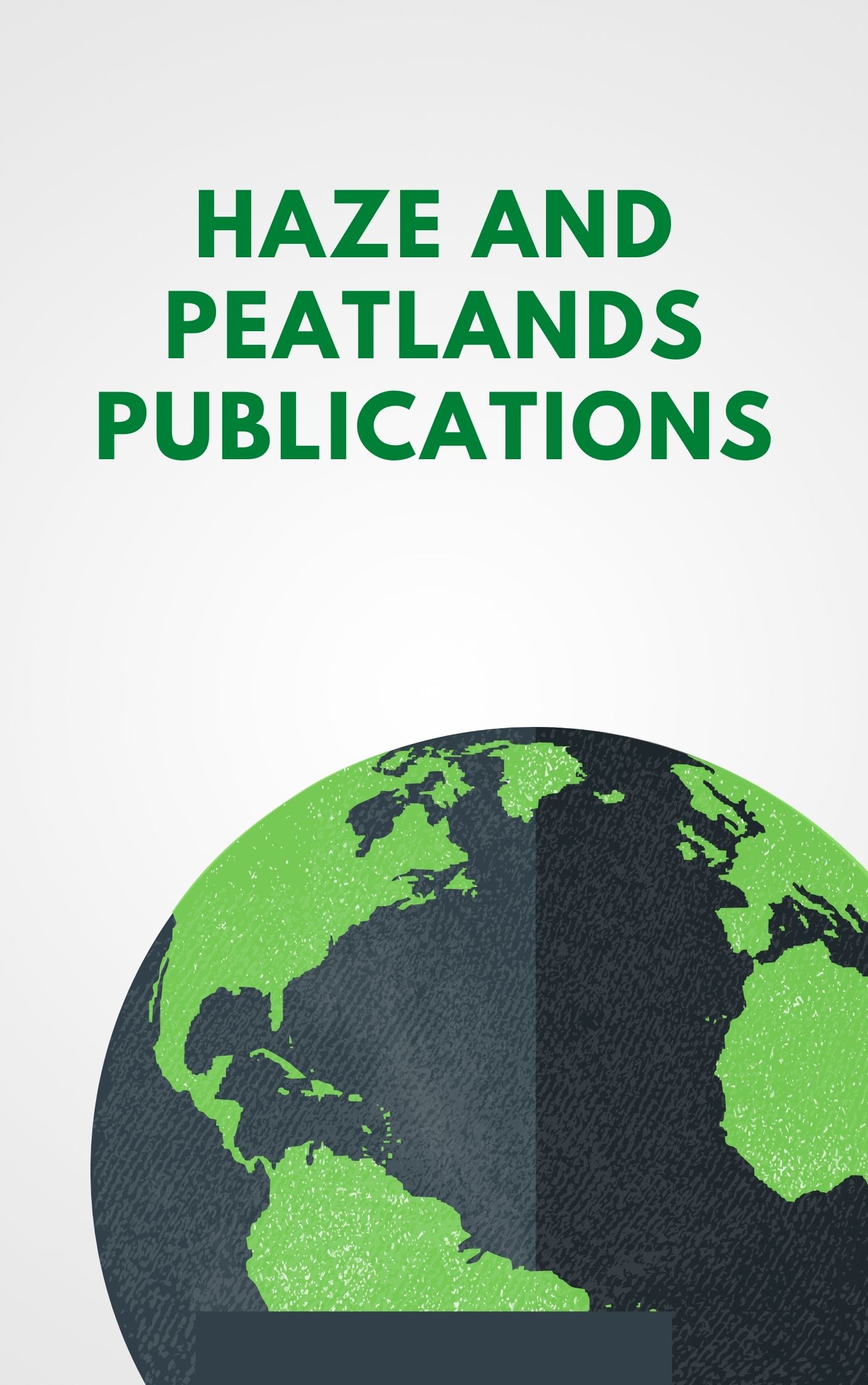Alternative models exist for the movement of large urban populations following the 15th-century CE abandonment of Angkor, Cambodia. One model emphasizes an urban diaspora following the implosion of state control in the capital related, in part, to hydroclimatic variability. An alternative model suggests a more complex picture and a gradual rather than catastrophic demographic movement. No decisive empirical data exist to distinguish between these two competing models. Here we show that the intensity of land use within the economic and administrative core of the city began to decline more than one century before the Ayutthayan invasion that conventionally marks the end of the Angkor Period. Using paleobotanical and stratigraphic data derived from radiometrically dated sediment cores extracted from the 12th-century walled city of Angkor Thom, we show that indicia for burning, forest disturbance, and soil erosion all decline as early as the first decades of the 14th century CE, and that the moat of Angkor Thom was no longer being maintained by the end of the 14th century. These data indicate a protracted decline in occupation within the economic and administrative core of the city, rather than an abrupt demographic collapse, suggesting the focus of power began to shift to urban centers outside of the capital during the 14th century. © 2019 National Academy of Sciences. All Rights Reserved.
View source

